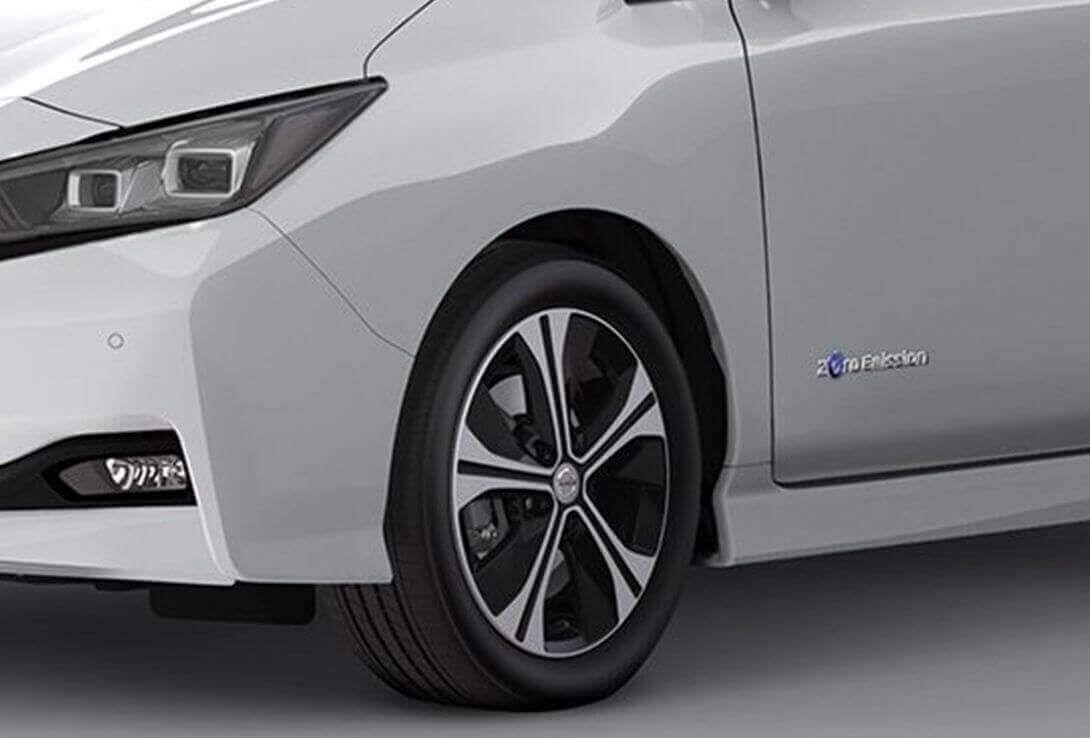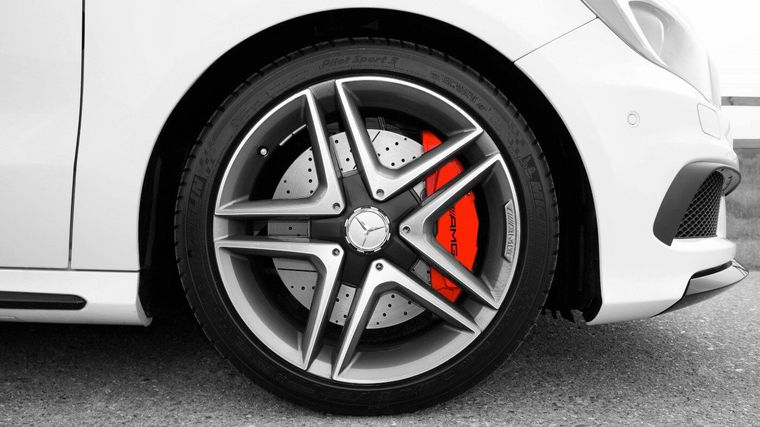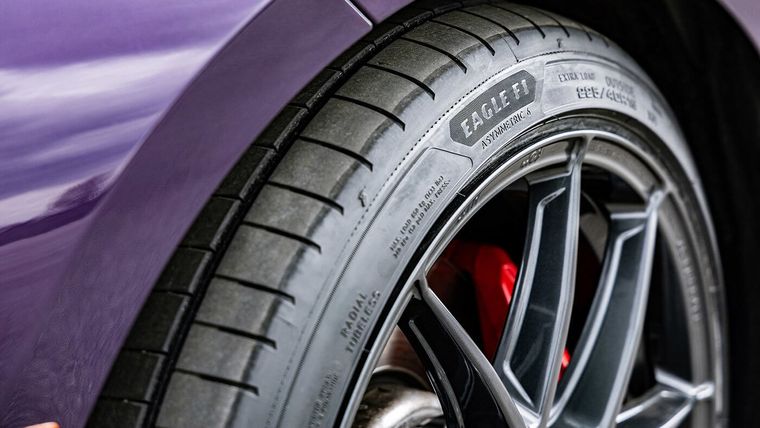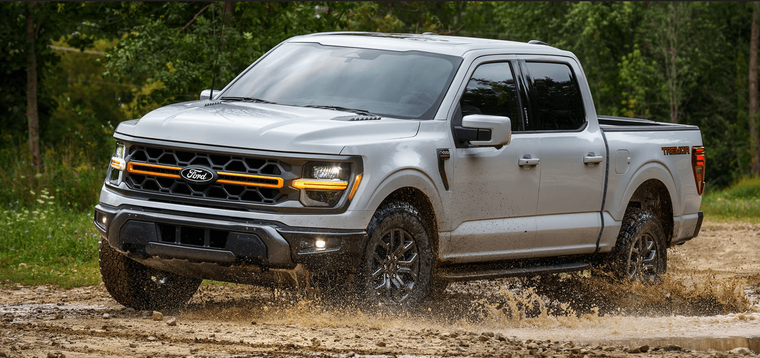You want to go down the electric road. Your next vehicle will be 100% electric, maybe plug-in, and you’re excited about it. We understand you, the project is stimulating. But some questions remain, to ensure maximum efficiency: the purchase of a charger, how to use the public network and, of course, the purchase of good tires.
Because, to be more efficient, your electric vehicle must be able to count on a maximum of external support. Low friction tires, added with noise reduction technology, are therefore essential. But what do you need to know before buying?
What is it?
Purchasing tires for your electric vehicle will require a little more research. While many manufacturers offer tires that fit all sizes, low rolling resistance tires are more rare and generally a little more expensive.
Michelin offers tires whose sole design has been designed to limit rolling noise in particular. The concept: a lighter recipe, a more longitudinal design so fewer side designs, and greater rigidity of the walls.
Other manufacturers (Pirelli has just launched one, Yokohama offers one for a long time) are also in the market. Some even go further by offering low-friction tires, whose rubber compound is also based on products that are less harmful to the environment.
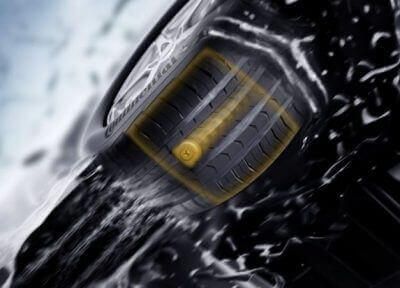
The difference
The big change of these tires compared to other more generic tires is that they require less energy to move, and to move the vehicle. In fact, it is estimated that tires with low rolling resistance can reduce the energy required by 6%.
Small quick math: if your car has a range of 400 km, 6% is still the equivalent of 24 kilometers!
Another advantage: these stiffer tires are also much less noisy. The outsole design allows for smoother road contact and limits aggressive whistling and contact noises. This is an undeniable advantage when your electric motor emits no sound! Some companies have evaluated noise reduction up to 20 decibels.
The questions
However, there are still some questions. It is true that low-rolling tires are in full development, but some older models offer less grip based on their sole design. It is therefore necessary to be a little more vigilant when it comes to aquaplaning, the sole being smoother and thus offering less water flow.
The life of the tire is also a legitimate question. The compounds are varied, and their ability to absorb wear depends on many factors.
And there is the question of price. But the abundance of new electric vehicles, and the spectacular growth of new buyers, should allow to see the prices decrease a little.
Last detail, remember that tires of this nature are three-season tires. An electric vehicle can not do without good winter tires, at the risk of losing some of its autonomy.
Find the best tires for electric vehicles
Conclusion
This small introduction to low rolling resistance tires gives you a good idea of what to watch for. But over the next few weeks, we’ll explore a few more specific models on Blackcircles.ca.


